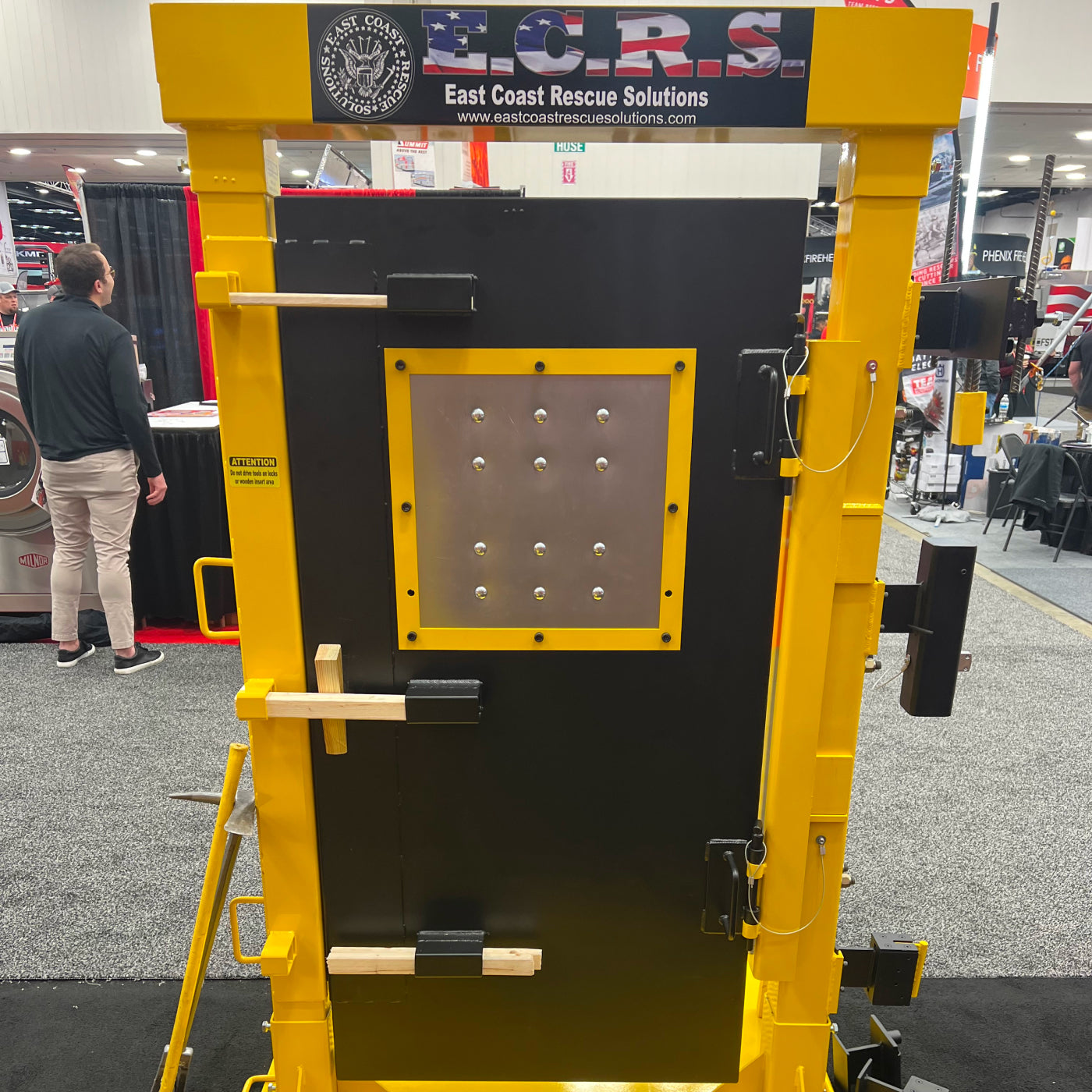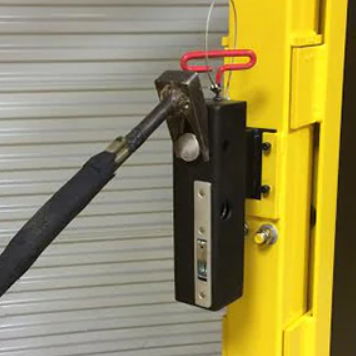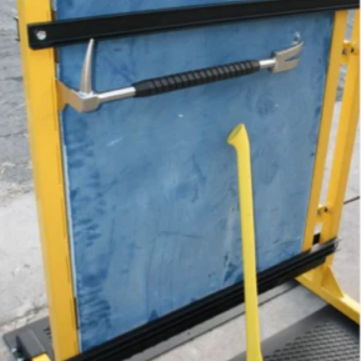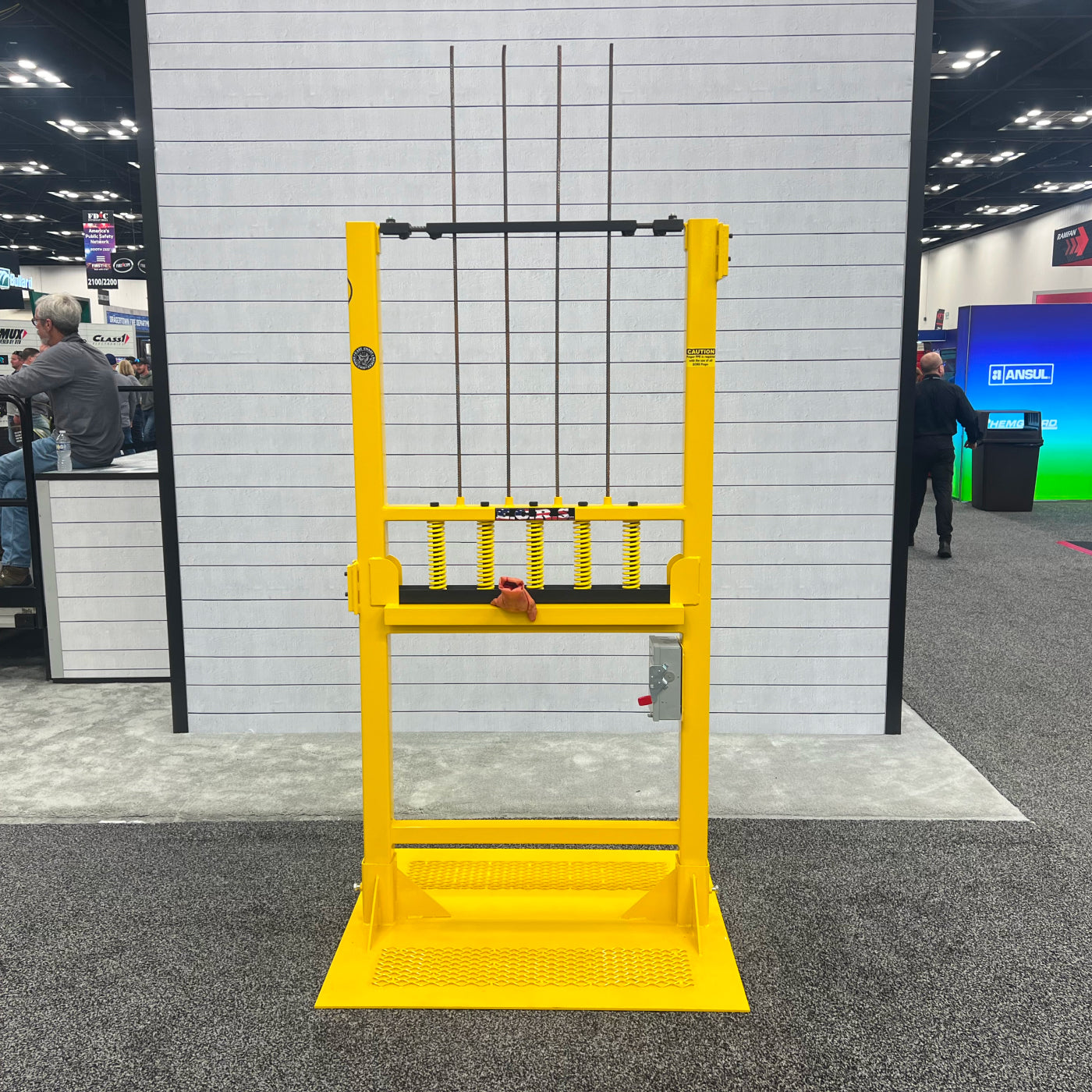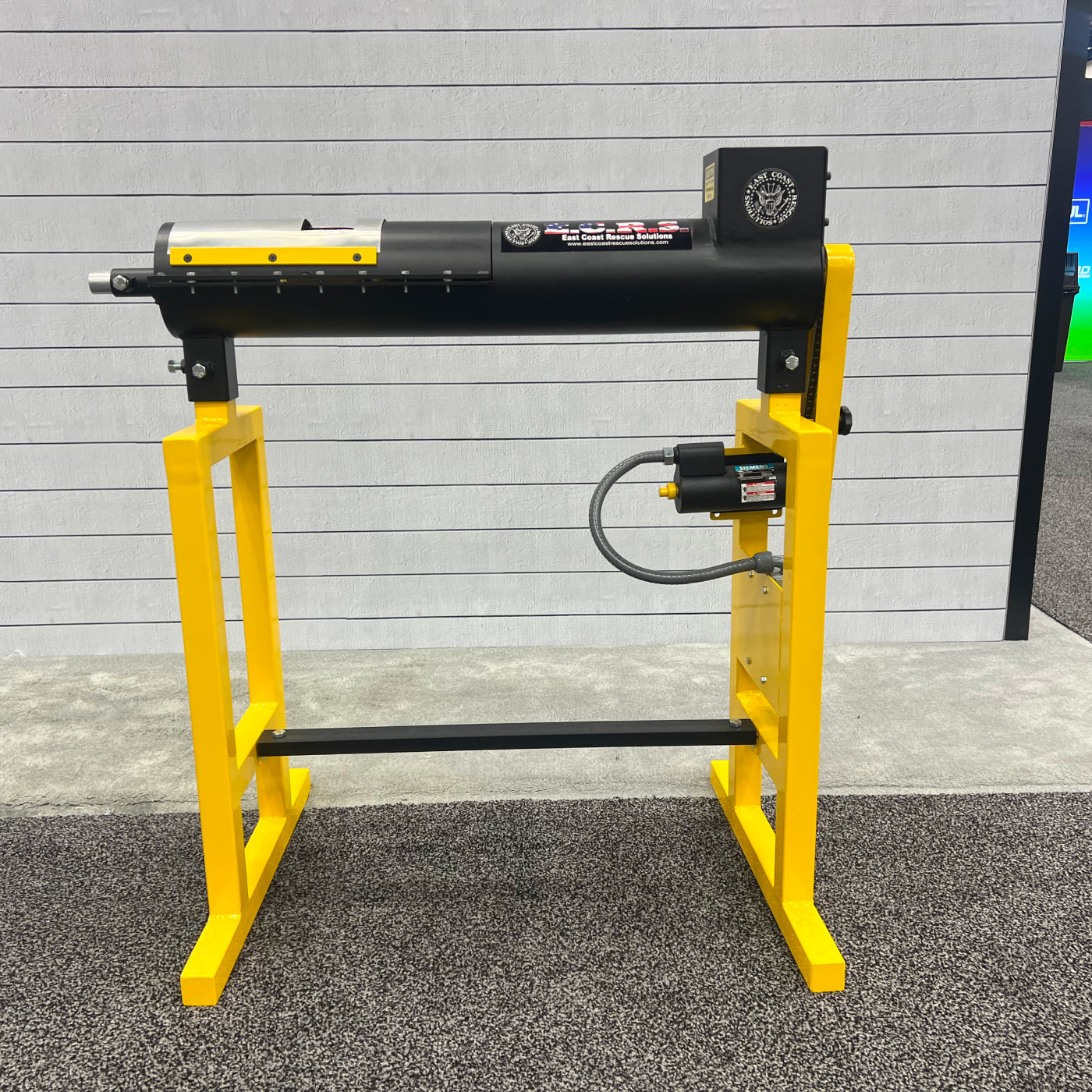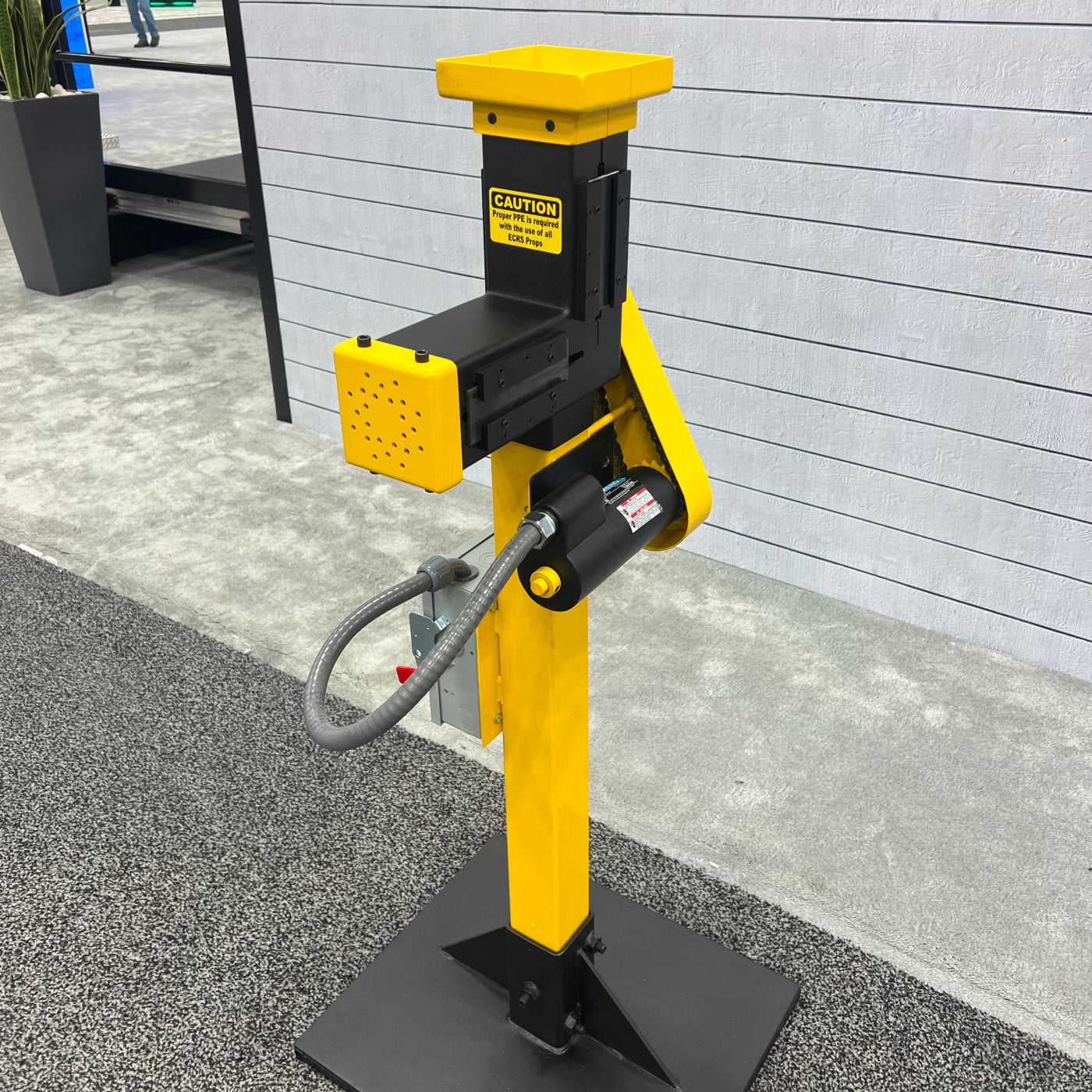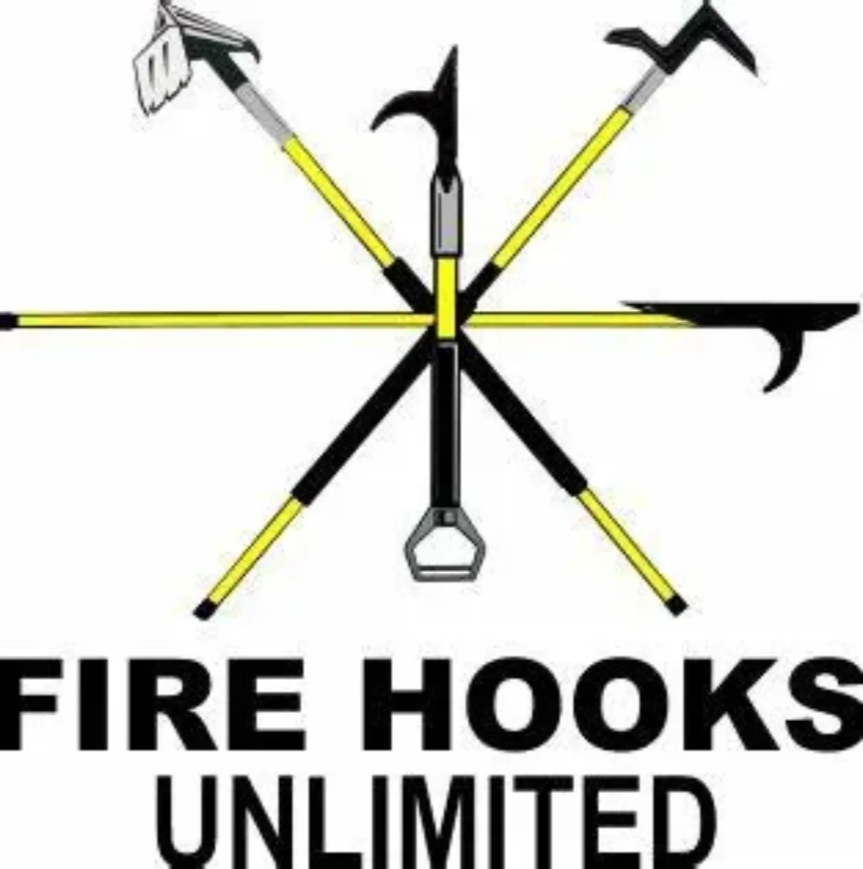When it comes to firefighter survival, your Personal Escape System (PES) is one of the most critical tools you carry. But having it isn’t enough — you need to know how to use it correctly, under pressure, and without hesitation. Unfortunately, even experienced firefighters make mistakes that could turn a bailout into a tragedy.
In this article, we break down the five most common PES mistakes and, more importantly, how to train and prepare so they don’t happen to you.
1. Infrequent or Inadequate Training
The Mistake:
Relying on an annual drill or one-time training to “check the box.”
Why It’s Dangerous:
In a real emergency, stress skyrockets and fine motor skills tank. If you haven’t practiced recently — especially with full gear and gloves — your bailout technique will fall apart when it matters most.
How to Avoid It:
-
Drill quarterly with full PPE in realistic conditions (blackout mask, limited time, loud noise).
-
Use timed evolutions to simulate real-world pressure.
-
Practice until muscle memory kicks in — you shouldn’t have to think about your descent.
2. Poor Anchor Selection
The Mistake:
Clipping into a windowsill, furniture, or pipe without verifying its strength or structural integrity.
Why It’s Dangerous:
An untested or unstable anchor can fail under load, causing catastrophic injury or death during descent.
How to Avoid It:
-
Always “push-pull” test: seat the hook with a push, then test the anchor with a hard tug.
-
Practice evaluating anchors in multiple scenarios — from modern lightweight construction to older masonry buildings.
-
Understand both direct and remote anchoring options, and train for both.
3. Improper Storage or Deployment Setup
The Mistake:
Storing your PES in a tangled pouch, loose turnout pocket, or in a configuration that’s hard to deploy.
Why It’s Dangerous:
If you can’t get to your system or if the rope deploys in a knot, you’ve wasted your best chance at survival — or worse, sealed your fate.
How to Avoid It:
-
Use a purpose-built pouch mounted on your harness or turnout pants.
-
Ensure the rope is cleanly coiled and hook-facing out for quick grab and go.
-
Perform monthly inspections and repack after every drill, call, or exposure.
4. Mishandling the Descent Device
The Mistake:
Using jerky, uncoordinated movements with the descent device or locking it out unintentionally.
Why It’s Dangerous:
A poorly controlled descent can cause burns, loss of control, or mid-air stoppage that you can’t recover from in time.
How to Avoid It:
-
Train only in gloves — if you can’t use it gloved, you can’t use it at all.
-
Master the brake-hand technique with slow and smooth lever control.
-
Practice mid-descent lock-offs and restarts so you know how to recover if things go wrong.
5. Hesitating to Commit to the Bailout
The Mistake:
Standing at the window too long, second-guessing whether to bail out.
Why It’s Dangerous:
Seconds matter. Flames, smoke, or collapse can overtake you in the time it takes to hesitate. Mental delay is a leading cause of fatal bailout failures.
How to Avoid It:
-
Train to make decisive, confident movements.
-
Use scenario-based drills where the window is the only viable option.
-
Build trust in your gear through repeated reps — confidence is the antidote to hesitation.
Conclusion: Train to Survive, Not Just Comply
Your personal escape system isn’t just another item on your gear list — it’s your last line of defense. These five mistakes are common, but they’re also preventable with proper training, inspection, and mindset.
At East Coast Rescue Solutions, we train firefighters to master every aspect of bailout survival — from anchor selection to mid-air troubleshooting. If you want to turn your PES into a skillset, not just a tool, reach out to schedule a hands-on survival course today.

